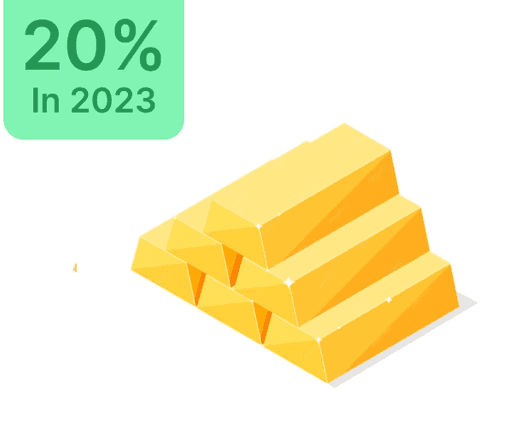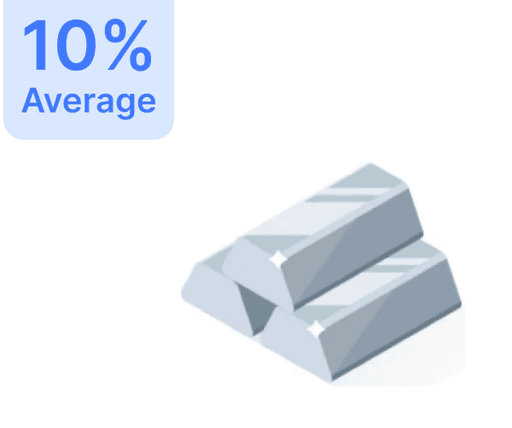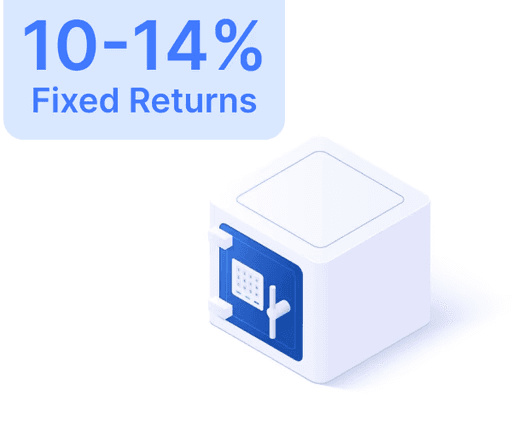How to Choose Profitable Dividend Stocks in 2023?

 May 10, 2023
May 10, 2023 5 Minutes
5 MinutesWelcome to the world of dividend stocks, where investors leverage the steady returns offered by publicly traded companies. Explore the details of dividend investing and uncover the key elements that can steer you toward lucrative decisions.
Choosing Profitable Dividend Stocks: A Strategic Approach
To succeed in dividend investing, it’s crucial to choose the right stocks. Here’s a strategic method to help you make savvy choices:
-
Dividend Payout Ratio of 50% or More:
Target companies with a dividend payout ratio of at least 50%. This ratio indicates the portion of net earnings paid out as dividends, ensuring sustainability.
-
Optimal Dividend Yield (3%-6%):
Search for stocks offering a dividend yield between 3% and 6%. This metric reflects the annual returns provided to shareholders via cash dividends.
-
Consistent Dividend Track Record:
Examine the firm's history of delivering dividends and meeting financial commitments. A stable record suggests reliability and financial soundness.
Considering these factors, along with an analysis of other financial metrics, empowers investors to effectively assess a firm's profitability.
Decoding Dividend Payout Ratio vs Dividend Yield
Understanding the relationship between the dividend payout ratio and dividend yield is vital for investors. These metrics clarify a company's approach to dividend distribution:
-
Dividend Payout Ratio:
Calculated by dividing annual dividends per share by earnings per share, this ratio represents the earnings portion shared as dividends. A higher ratio indicates generous shareholder returns.
-
Dividend Yield:
This yield is derived by dividing annual dividends per share by the market price per share, revealing the return rate available to shareholders through cash dividends.
While both measures are useful, the dividend payout ratio is often more valuable for evaluating sustainable dividend policies.
Impact of Dividends on Financial Statements
Dividends directly influence a company’s financial statements, particularly the balance sheet and cash flow statement. Understanding this effect is key to comprehensive financial analysis:
-
Balance Sheet:
Dividends reduce total cash and retained earnings, appearing as cash use under financing activities.
-
Cash Flow Statement:
Reported as cash use in financing activities, dividends significantly impact the company's cash position.
However, dividends do not affect the income statement.
Unveiling the Functioning of Dividends
The dividend process unfolds as follows:
- Income Generation: Public companies generate earnings.
- Decision-making: Management decides on reinvesting or distributing earnings.
- Dividend Declaration: With board and shareholder approval, dividends are declared.
- Key Dates: Announcement of critical dates, including ex-dividend and payment dates.
- Eligibility Scrutiny: Assessing shareholders' eligibility for dividends.
- Dividend Distribution: Payouts are made to eligible shareholders.
Additionally, dividends can affect stock prices. Announcement typically leads to a price increase as investors expect returns, but prices might decrease after the ex-dividend date as new investors miss eligibility.
Conclusion: Navigating the Landscape of Dividend Stocks
In summary, dividend stocks offer a dependable path for investors seeking stable returns. To make informed choices, consider factors like dividend payout ratio, yield, and history. Recognize dividends' direct effects on financial statements and understand their complex operational process. By unlocking dividend stocks' potential, investors can navigate the financial markets landscape with confidence and foresight.





